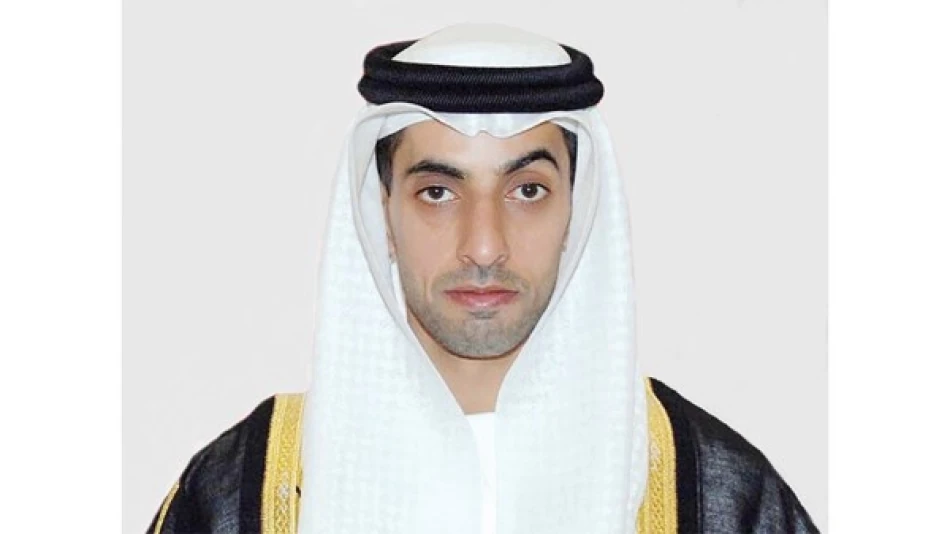
Celebrating 50 Years of Emirati Women's Remarkable Achievements
UAE's Half-Century Investment in Women Pays Dividends as 2025 Community Year Approaches
As the United Arab Emirates marks Emirati Women's Day, the nation celebrates five decades of systematic female empowerment that has transformed from social policy into economic and institutional strength. The milestone coincides with the UAE's declaration of 2025 as the "Year of Community" and the 50th anniversary of the General Women's Union, highlighting how sustained investment in women's participation has become a cornerstone of the country's development model.
A Strategic Vision Realized
Sheikh Khaled bin Zayed Al Nahyan, Chairman of the Board of Directors of the Zayed Higher Organization for People of Determination, emphasized that Emirati women have demonstrated their capability to "make a difference in all fields" under supportive leadership. This isn't merely ceremonial praise—it reflects a measurable transformation in how the UAE structures its workforce and institutions.
The timing of these celebrations with the General Women's Union's golden jubilee underscores the UAE's long-term approach to social development. Unlike many nations that treat gender equality as a recent policy addition, the Emirates embedded women's empowerment into its foundational institutions from the early 1970s.
Institutional Integration Beyond Rhetoric
Sheikh Khaled's remarks about the Zayed Higher Organization for People of Determination reveal a deeper trend: women aren't just participating in traditional sectors but are leading in specialized areas requiring high expertise and social responsibility. The organization's female staff and members work with dedication to serve and empower people of determination, embodying what he called "the spirit of giving and community partnership."
The Multiplier Effect
The UAE's approach recognizes that empowering women creates cascading benefits—strengthening families, communities, and the nation as a whole. This philosophy aligns with economic research showing that countries with higher female workforce participation typically experience stronger GDP growth and more resilient institutions.
Regional Leadership Model
The UAE's systematic approach contrasts sharply with neighboring countries still grappling with basic women's rights issues. While Saudi Arabia has made dramatic recent changes under Vision 2030, the UAE's five-decade head start has created institutional depth that newer initiatives struggle to match.
The Emirates now serves as a regional benchmark, with women comprising significant portions of government positions, business leadership, and specialized sectors like space exploration and renewable energy. This isn't accidental—it's the result of deliberate policy sustained across multiple leadership transitions.
Economic Implications for 2025 and Beyond
As the UAE enters its designated "Year of Community" in 2025, the country's investment in women's capabilities positions it advantageously for post-oil economic diversification. Nations with more inclusive workforces typically adapt faster to technological changes and demonstrate greater innovation capacity.
The focus on community partnership, particularly in serving people of determination, also signals the UAE's evolution toward a more comprehensive social development model. This approach could prove crucial as the country seeks to maintain social cohesion while managing rapid economic transformation and an increasingly diverse population.
Sustainable Development Through Inclusive Growth
Sheikh Khaled's emphasis on seeing "the fruits of this empowerment in the prosperity of our institutions and the achievements of our female cadres" suggests that women's participation has moved beyond symbolic representation to measurable institutional performance. This transformation from policy goal to operational reality represents perhaps the UAE's most significant social achievement alongside its economic diversification efforts.
Most Viewed News

 Layla Al Mansoori
Layla Al Mansoori






